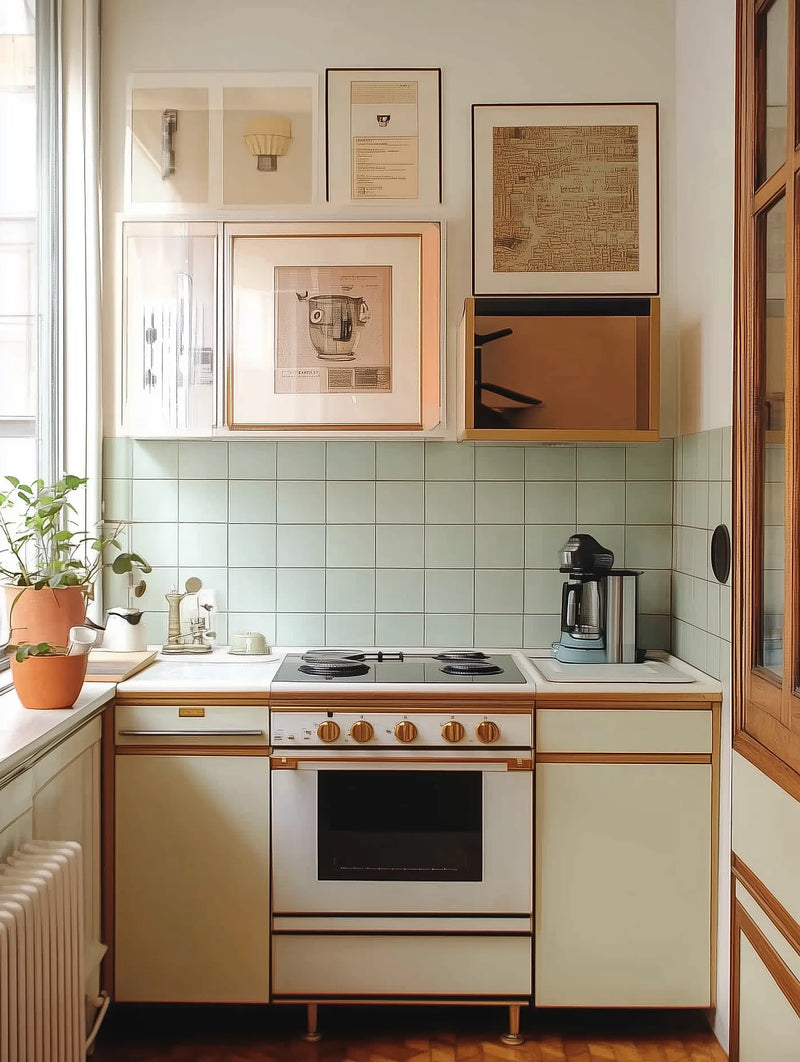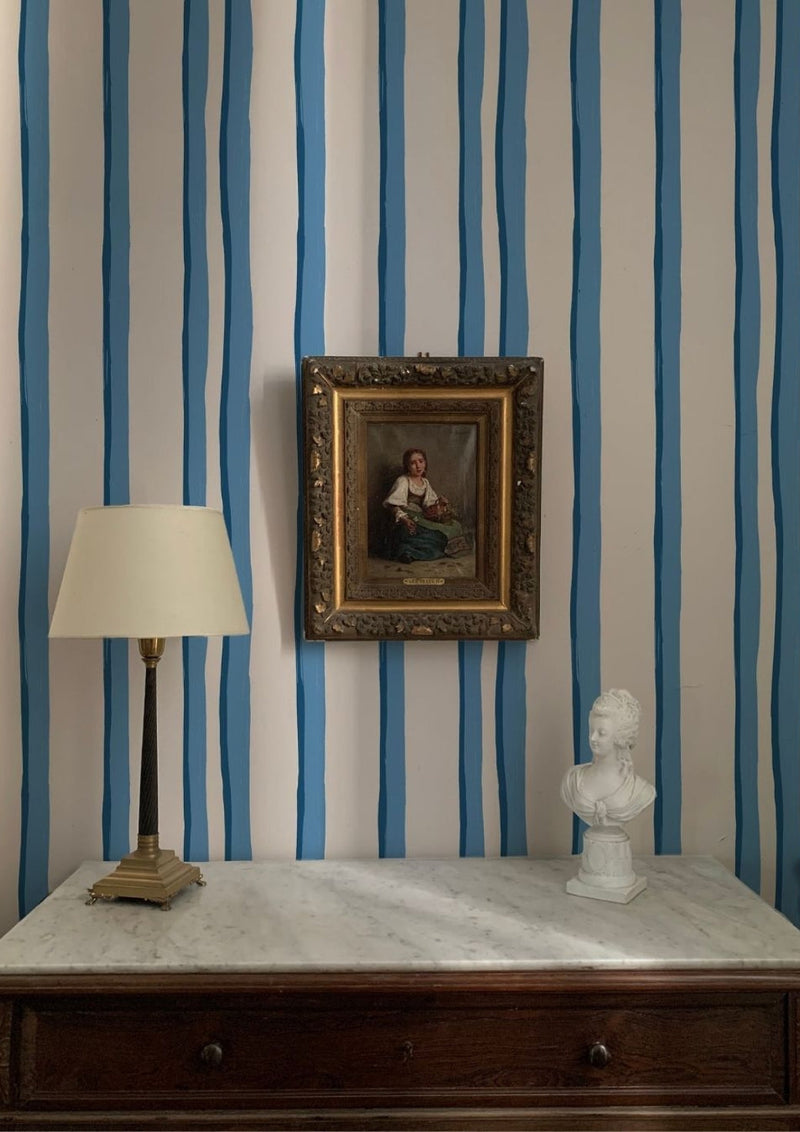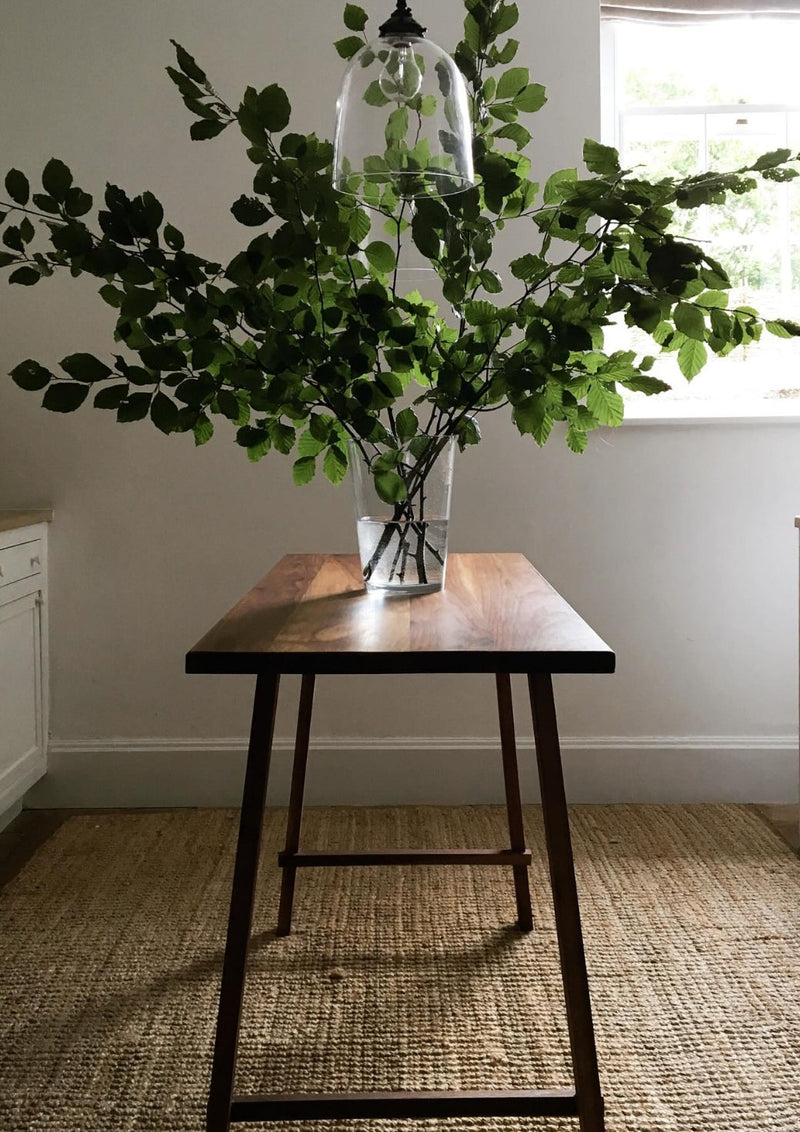This store requires javascript to be enabled for some features to work correctly.
How to Create a Winning Interior Design Portfolio That Attracts Clients
Your portfolio is more than a collection of projects—it’s your story. A reflection of your creativity, expertise, and ability to transform spaces into something truly extraordinary. Thoughtfully curated, it becomes your most powerful tool for attracting the right clients and opportunities. Ready to craft a portfolio that speaks for itself? Let’s begin.
By Marie Winckler
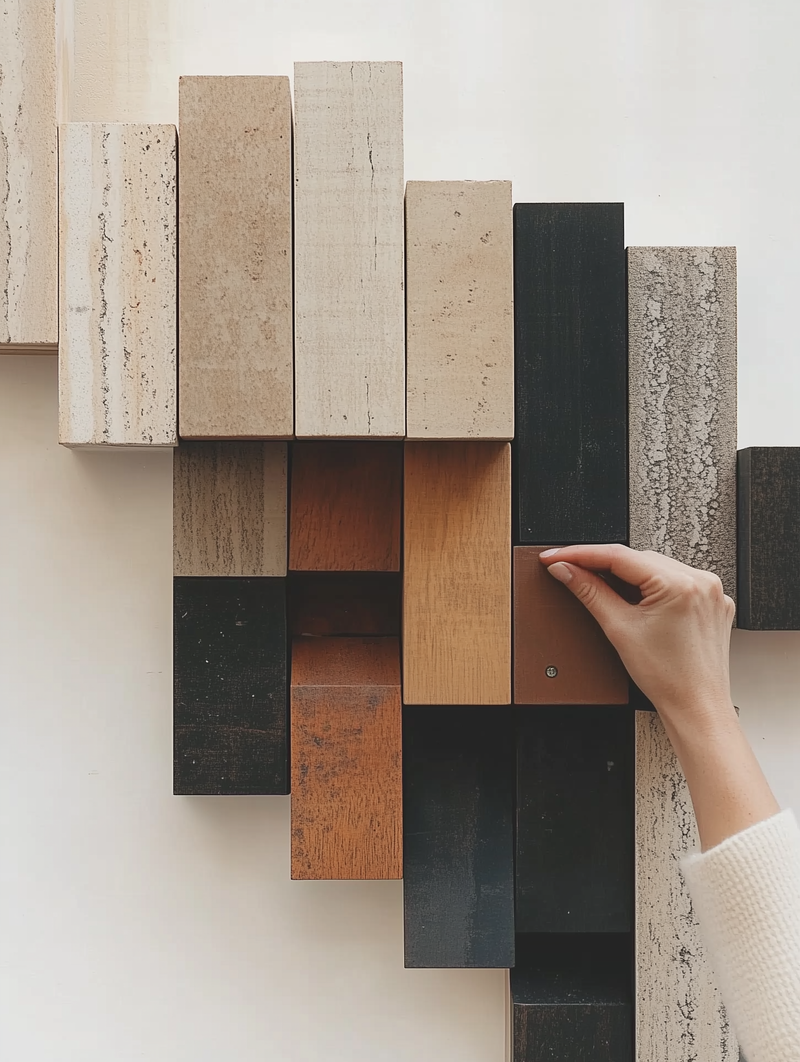
What Should You Include in Your Interior Design Portfolio?
Highlight Your Best Projects
Quality always trumps quantity. Select projects that reflect your unique design style and versatility. If you’ve worked across residential and commercial spaces, include examples of both to showcase your adaptability.
Must-Have Features:
✔ Before-and-after photos: Clients love to see the transformation process.
✔ Detailed project descriptions: Share the story of your design choices, challenges, and how you solved them.
✔ Testimonials: Positive feedback from happy clients adds trust and credibility.
Are you an Interior Designer?
Join our Trade Program—a curated community of design professionals with exclusive access to bespoke pieces, trade pricing, and personalised support

Incorporate a Strong Visual Narrative
Your portfolio should be as visually compelling as the spaces you design. Invest in professional photography to capture every texture, color, and detail. Consider hiring a stylist to perfect each setting.
💡 Maison Flâneur Tip: Just as we curate pieces to tell a story, your portfolio should evoke an emotional connection. A carefully chosen vase or bespoke chair can become a statement—and a signature of your style.

How Can You Make Your Portfolio Digital-Friendly?
Build an Engaging Website
A digital portfolio makes it easy for clients to explore your work, so your website should be responsive across devices, user-friendly with clear navigation, and minimalist to let your designs take center stage. An engaging “About Me” section introduces your philosophy, while a blog adds depth by sharing insights like How to Style Artisanal Décor or Trends in Colour for Interiors, positioning you as both an expert and a source of inspiration.
Use Social Media Strategically
Platforms like Instagram and Pinterest are powerful tools to showcase your designs and connect with potential clients. Post regularly, engage with followers, and use high-quality visuals to build a recognizable brand.
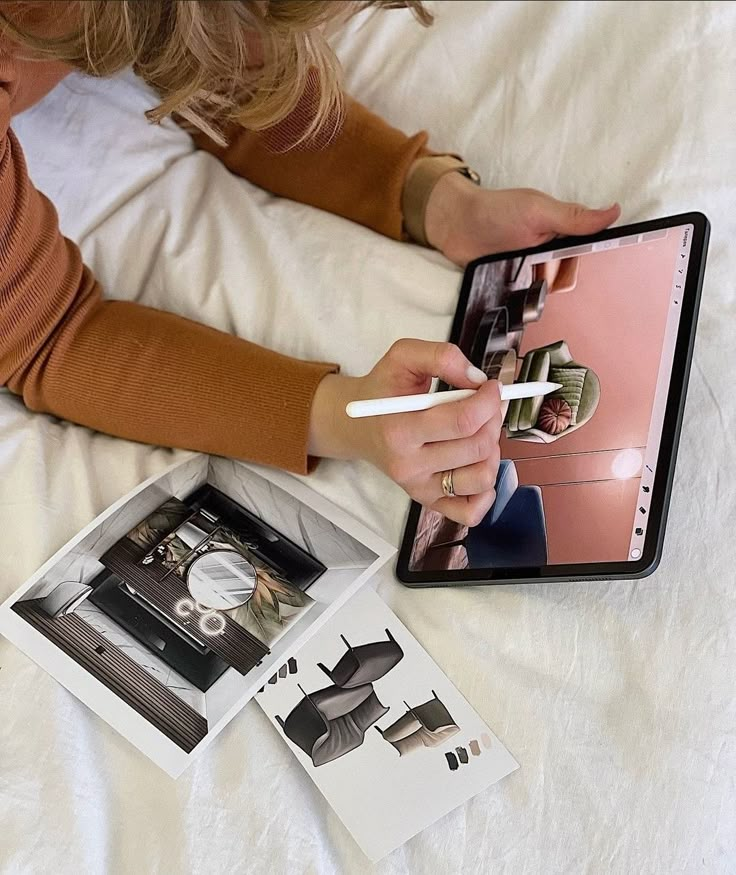
How Can You Add Personality to Your Portfolio?
Tell the Story Behind Each Project
Go beyond the visuals—share the process and inspiration behind your work. Did a project involve honoring a client’s heritage or incorporating a nod to iconic spaces like the Art Deco opulence of The Ritz Paris? Let your audience in on the narrative.
Include a Mood Board Section
Mood boards are a creative way to showcase your vision. Use them to display fabric swatches, textures, and color palettes, helping clients visualize your design process.
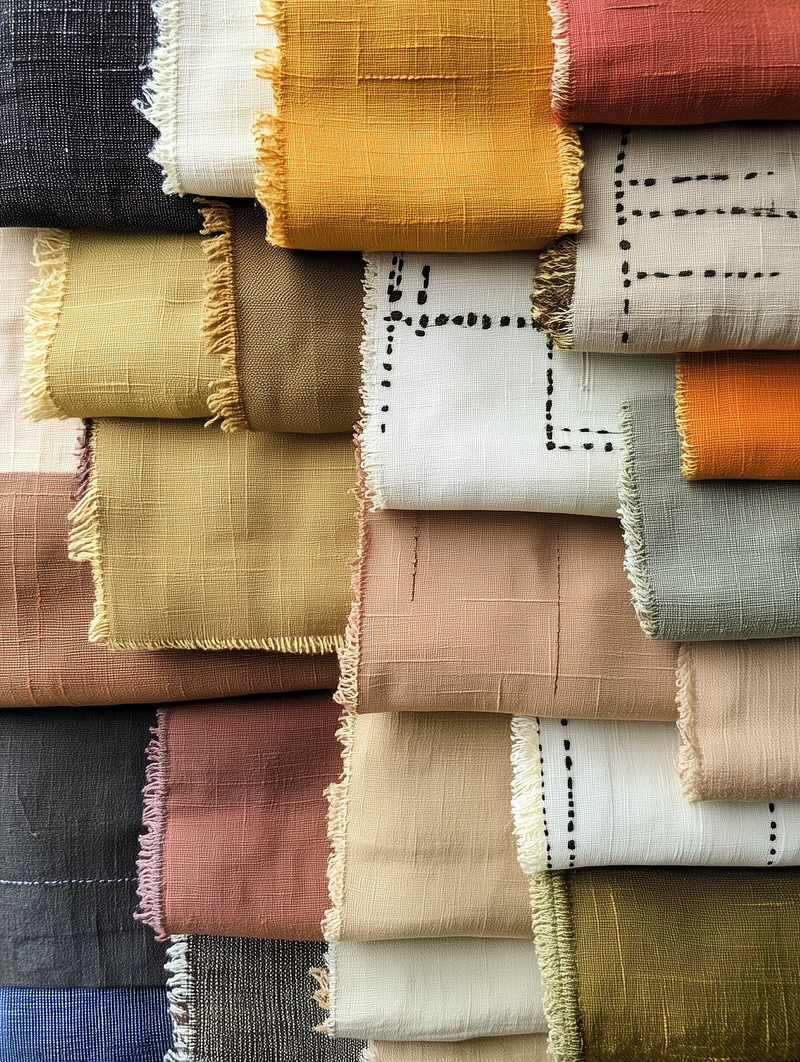
What Are the Key Design Elements to Emphasise?
The Power of Colour
Colour transforms mood and perception. Highlight projects where your use of colour played a pivotal role. For inspiration, explore Maison Flâneur’s curated collections, where every hue has meaning and purpose. Bring meaning to your storytelling!
Typography in Interior Design
Typography isn’t just for print. Show how lettering or signage can elevate spaces, like how a vintage marquee sign brought character to a boutique hotel lobby.
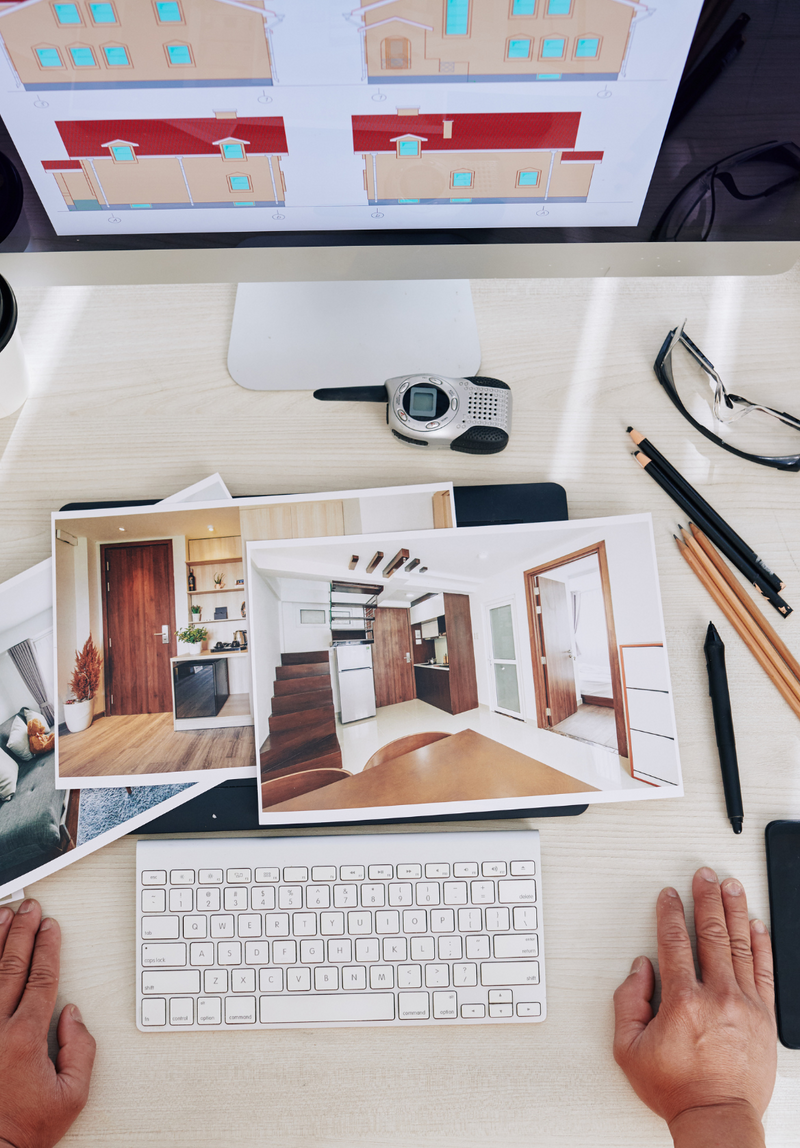
How Can You Leverage Collaborations?
Feature Artisanal and Bespoke Pieces
Collaborations with artisans and unique brands demonstrate your commitment to craftsmanship. Highlight partnerships with makers whose work reflects your ethos. At Maison Flâneur, we celebrate artistry through curated collections that blend storytelling with design. Share these stories!
Reference Prestigious Projects
Worked on a boutique hotel or luxury restaurant? These standout projects can showcase your ability to handle high-profile spaces with unique requirements. Don't hesitate to share them!
FAQ
How Many Projects Should I Include?
8–12 projects strike the perfect balance—comprehensive but not overwhelming.
Do I Need Professional Photography?
Yes! Professional images elevate your portfolio, capturing the essence and details of your designs.
Can I Include Conceptual Work?
Absolutely. Conceptual designs and mood boards can highlight your creative process and vision, especially if you’re starting out.
































